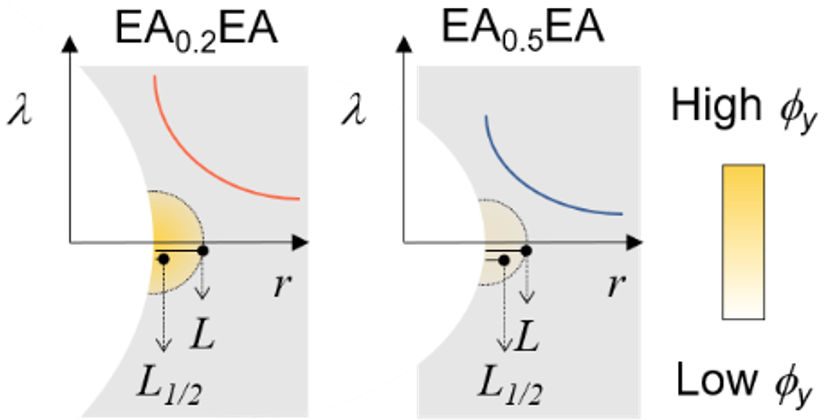Sanoja G.E., Morelle X.P., Comtet J., Yeh C.J., Ciccotti M. and Creton C. Why is mechanical fatigue different from toughness in elastomers ? The role of damage by polymer chain scission. Science Advances, 7(42), eabg9410.

Although elastomers often experience 10 to 100 million cycles before failure, there is now a limited understanding of their resistance to fatigue crack propagation. We tagged soft and tough double-network elastomers with mechanofluorescent probes and quantified damage by sacrificial bond scission after crack propagation under cyclic and monotonic loading. Damage along fracture surfaces and its spatial localization depend on the elastomer design, as well as on the applied load (i.e., cyclic or monotonic). The key result is that reversible elasticity and strain hardening at low and intermediate strains dictates fatigue resistance, whereas energy dissipation at high strains controls toughness. This information serves to engineer fatigue-resistant elastomers, understand fracture mechanisms, and reduce the environmental footprint of the polymer industry.


